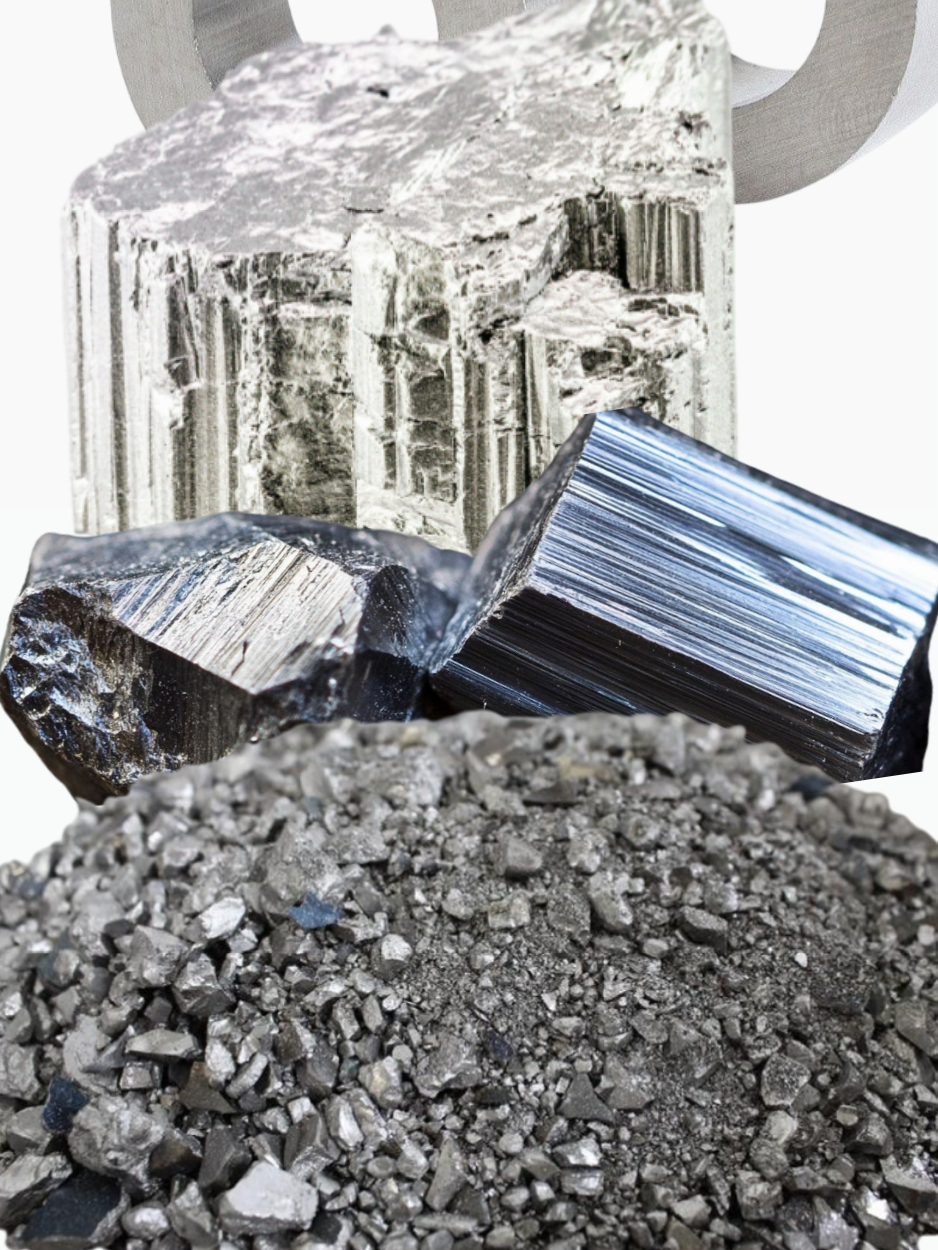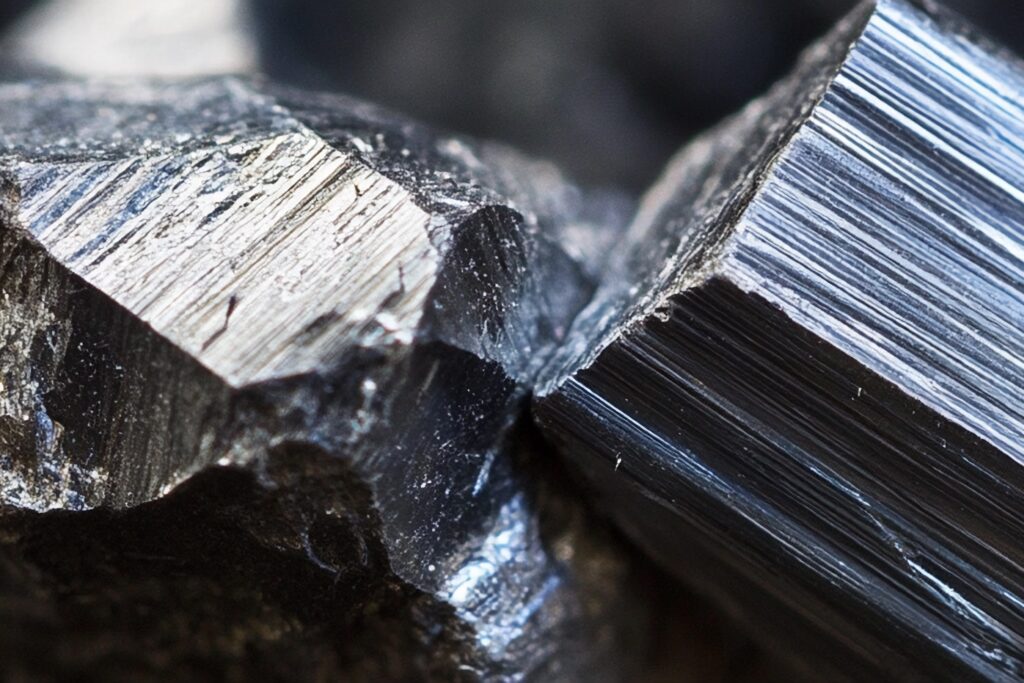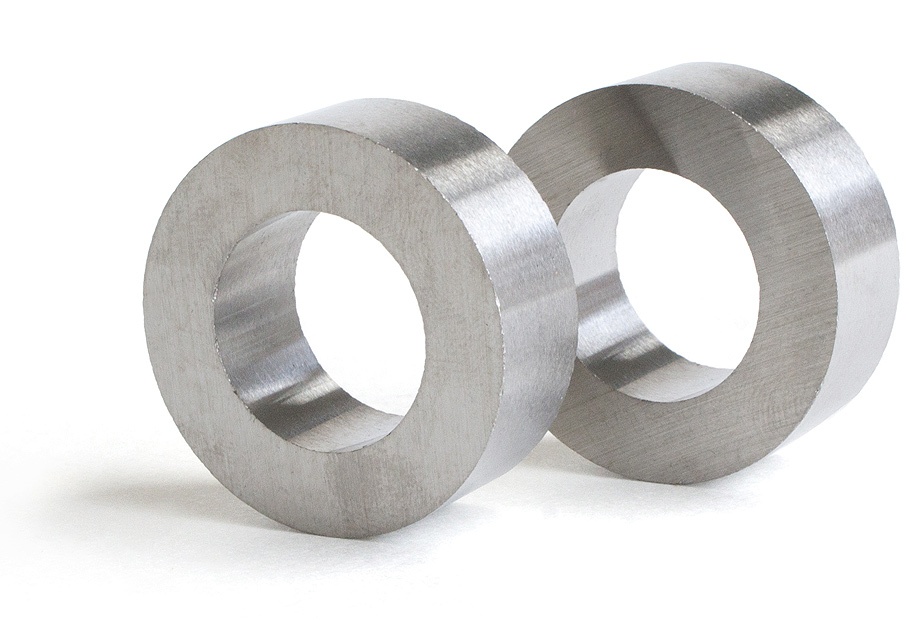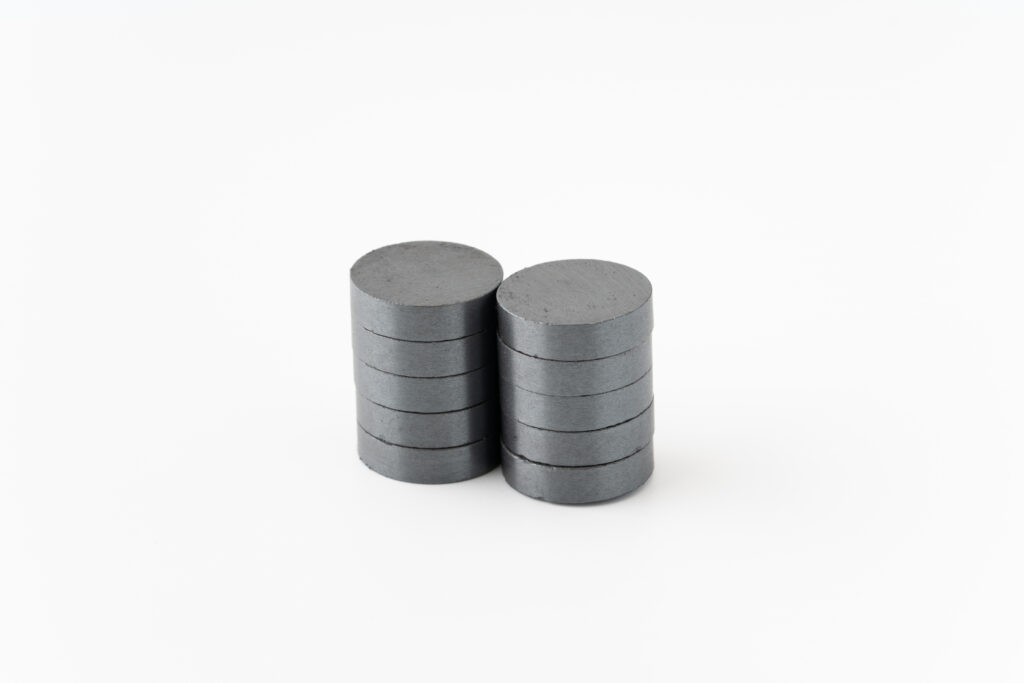What Is the Difference Between Magnet Materials?

Understanding Magnet Material Differences
Not all magnets are created equal. When asking “What is the difference between magnet materials?” or “What are magnet materials?”—it’s important to understand that each type offers distinct strengths, limitations, and ideal uses. Whether you’re designing aerospace components, medical devices, industrial motors, or semiconductor equipment, choosing the right magnet material is essential for performance, reliability, and cost efficiency.
At Permag™, we specialize in engineering custom magnetic assemblies that meet the most demanding performance requirements. Our expertise covers the full spectrum of magnetic materials, from ultra-powerful neodymium magnets to high-temperature samarium cobalt, stable alnico, and durable ceramic (ferrite) magnets. With decades of design and manufacturing experience, we help customers in selecting the best magnet type for their specific application, ensuring both technical precision and long-term reliability.
This high-level explanation compares the most common types of permanent magnets, neodymium, samarium cobalt, alnico, and ceramic (ferrite)—so you can make informed decisions for your application.
Neodymium Iron Boron (NdFeB) Magnets – Maximum Strength in Compact Designs

Neodymium magnets are made from neodymium, iron, and boron. They are the strongest commercial magnets available, producing extremely high magnetic energy in a small volume.
Advantages:
- Highest strength-to-size ratio of any permanent magnet
- Enables miniaturization in motors, actuators, and sensors
- Essential for semiconductor manufacturing, renewable energy systems, and defense technologies
Considerations:
- Standard grades have lower maximum operating temperatures (unless engineered for high-temp use)
- Prone to corrosion—often require coatings such as nickel or epoxy
- Relies on rare earth supply chains
Best for: High-performance applications where size and weight are critical but maximum magnetic force is required.
Samarium Cobalt (SmCo) Magnets – Extreme Temperature and Corrosion Resistance

Samarium cobalt magnets combine rare earth strength with exceptional temperature stability and corrosion resistance, even in saltwater or chemical environments.
Advantages:
- Performs reliably in temperatures up to and beyond 300°C (some grade are able to perform in more than 500°C)
- Naturally corrosion resistant—no coating required
- Maintains magnetic properties over a wide temperature range
Considerations:
- Higher cost than neodymium due to raw material expenses
- Slightly lower maximum strength than NdFeB
Best for: Aerospace, defense, oil & gas, and marine applications where reliability in harsh conditions is non-negotiable.
Permag is the only U.S.-based producer of samarium cobalt magnets, ensuring a secure domestic supply for critical industries.
Alnico Magnets – High-Temperature Stability for Precision Applications
Alnico magnets are made from aluminum, nickel, and cobalt, with possible additions of copper or titanium. Before rare earth magnets emerged, Alnico was the standard for high-performance magnetics.

Advantages:
- Can operate at extremely high temperatures—up to 550°C
- Excellent temperature stability and resistance to demagnetization
- Suitable for precision instruments and sensors
Considerations:
- Lower magnetic strength compared to rare earth magnets
- Can be demagnetized by strong opposing magnetic fields or mechanical shock
Best for: Aerospace sensors, high-temp industrial applications, and specialized instrumentation.
Ceramic (Ferrite) Magnets – Cost-Effective and Durable
Ferrite magnets are made from iron oxide combined with ceramic materials. They are widely used due to their low cost, good durability, and corrosion resistance.

Advantages:
- Economical and easy to source
- Excellent corrosion resistance—ideal for outdoor use
- Performs well in many everyday and industrial applications
Considerations:
- Lower magnetic strength than rare earth materials
- Brittle and prone to chipping
- Limited high-temperature performance compared to SmCo or Alnico
Best for: Consumer electronics, basic industrial motors, and applications where cost efficiency is key.
How to Choose the Right Magnetic Material
Selecting the correct magnet type depends on:
- Operating Environment – Will it face extreme temperatures, moisture, or chemicals?
- Magnetic Strength Requirements – How much force is needed for the application?
- Size & Weight Constraints – Is miniaturization a priority?
- Longevity – Does the magnet need to perform for years without degradation?
Why Permag™ Is Your Trusted Magnetic Solutions Partner
Understanding magnet material differences is key to designing high-performance, reliable solutions. Among these, samarium cobalt stands out for its exceptional strength, high temperature stability, and resistance to corrosion—making it the go-to choice for the most demanding environments. Permag is proud to be the only U.S.-based producer of samarium cobalt magnets, ensuring a reliable domestic supply for critical applications.
At Permag™, we help customers select and engineer custom magnet assemblies using the right material for the right application, ensuring peak performance whether your project is bound for orbit, embedded in a medical device, or driving industrial automation.



